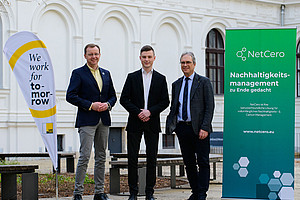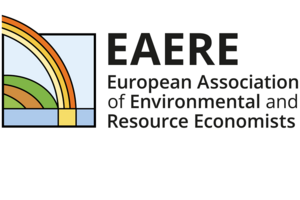zum ThemaThirty years of ozone research - still open probelms?
Zeit: Donnerstag, 6. März 2014, 12:00 Uhr (s.t.)
Ort: SR des Wegener Center im 1. Stock, Brandhofgasse 5
Moderation: Ass. Prof. Harald Rieder
Herzlich willkommen!
The manmade depletion of the (stratospheric) ozone shield was an important topic in science and public since the 1970s and the successful implementation of the Montreal Protocol (and its Amendments, 1987) led to a strong decrease of anthropogenic emissions of ozone depleting substances (such as Chlorofluorocarbons and similar compounds). The world longest total ozone series of Arosa (since 1926) is rather representative for Northern midlatitudes and allows not only to describe the effect of manmade ozone depleting substances but also to study the influences of dynamical large scale climate variability such as caused e.g. by North Atlantic Oscillation/Arctic Oscillation (NAO/AO) and El Nino/Southern Oscillation (ENSO); such studies can be based on different methods including extreme value statistics. Recent results on quasi-global long-term vertical ozone trends will be presented – such studies require merged satellite time series because all satellite instruments have limited lifetimes.
Ozone is an important species of photochemical air pollution which was discussed in Europe in public and science particularly during the 1990s. The comparison of (reliable) European surface ozone measurements of the 1950s and the early 1990s allows to demonstrate that background/baseline ozone has approximately doubled in the decades following World War II. Until the early 1990s anthropogenic emissions of ozone precursor (such as nitrogen oxides, volatile organic compounds and carbon monoxide) strongly increased due to the large economic growth in the industrialized world. Starting in the early 1990s European anthropogenic ozone precursor emissions strongly decreased e.g. by successful implementation of catalytic converters in gasoline driven road traffic vehicles – the effectiveness of these legal measures has been demonstrated by road tunnel studies. However, the effect of the large reductions in European ozone precursor emissions on surface in Switzerland is small, much smaller than expected from numerical simulations. Ozone in the upper troposphere/lower stratosphere is important for climate, e.g. radiative forcing. Information on long-term free tropospheric ozone changes by available measurements is limited; nevertheless, it has been shown recently that the large increase in European background/baseline surface ozone since World War II is grossly underestimated by state-of-the-art (global) numerical simulations





